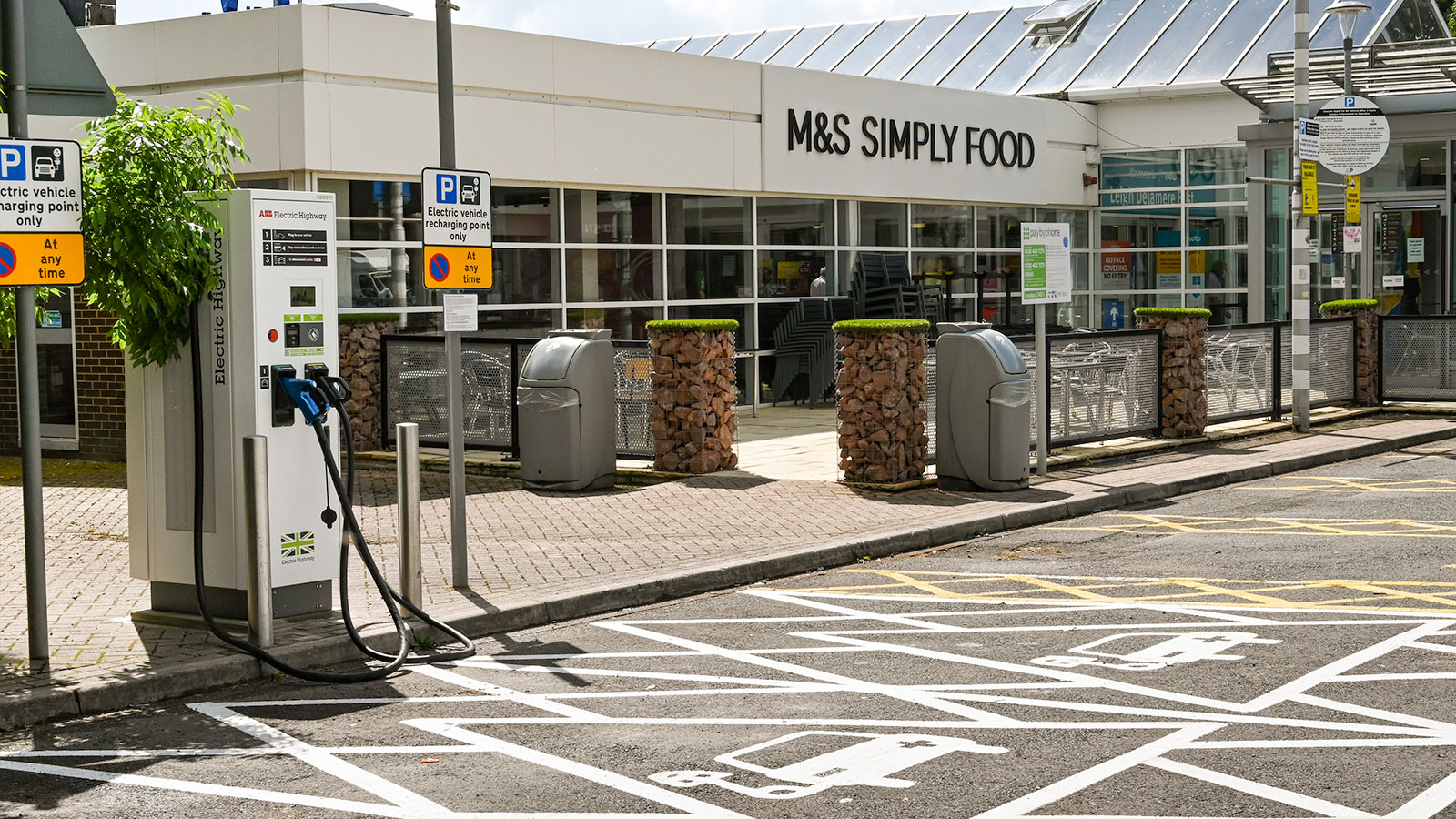The recent release of year-end figures for 2023 by Zap-Map has highlighted a significant increase in electric vehicle (EV) charge point installations across the UK.
Despite the UK Government failing to achieve its key target for the installation of new motorway EV charging points, the data from Zap-Map does showcase a notable rise in ultra-rapid chargers and high-power charging hubs, catering to the needs of EV drivers on extended trips.
Zap-Map’s 2023 statistics indicate a 45% growth in the total number of new public chargers installed throughout the country compared to a 31% increase from 2021 to 2022. This surge is helped by the fact that the UK surpassed 50,000 public charging points in October, only eight months after reaching the 40,000 mark in February.
An 89% rise in the monthly pace of charge point installations was also observed, with nearly 1,400 new devices added each month, up from 730 in the previous year. This acceleration aligns with the initiation of the ZEV mandate and the Society of Motor Manufacturers & Traders confirming a record number of new pure-electric car sales in 2023.
Last year saw a 51% increase in EVs on UK roads and a parallel 52% growth in high-powered chargers, totaling almost 10,500 devices at more than 5,000 locations by the end of December. The majority of this expansion comprised ultra-rapid chargers, capable of adding approximately 100 miles of charge in 15 minutes. By December 2023, these ultra-rapid chargers, offering 100kW or more, constituted 46% of the high-powered charging devices in the UK, a significant rise from 20% in 2020.
The number of UK charging hubs also saw substantial growth, increasing by 145% from 108 in 2022 to 264 in 2023. These hubs, located near strategic road networks, are situated in areas including retail parks, fuel stations, and dedicated charging zones.
Regional distribution of high-powered charging devices has also improved, with areas like Greater London, South East, South West, and Scotland now boasting over 1,000 rapid/ultra-rapid chargers. Northern Ireland showed notable progress, although starting from a lower base.
On the other end of the spectrum, the number of on-street, low-powered chargers for those without home charging points has increased by 72% compared to the previous year. The growth in this segment has been uneven across regions, dependent largely on local authority engagement. The government’s £450 million LEVI scheme has played a role in this expansion, with expectations for further advancements in 2024.
Melanie Shufflebotham, Co-Founder & COO at Zap-Map, commented on the developments, “Overall 2023 was a very good year for EV charging with the rate of installation showing record growth, particularly for the higher powered chargers to support EV drivers on longer journeys.
“Zap-Map’s focus continues to be on providing EV drivers with the information they need to find reliable, available charging when they are out and about. Whilst less than 3% of EV drivers would go back to petrol/diesel, we know that EV drivers want more chargers and a better charger experience. As we move into 2024 we look forward to continued progress in both these areas as more and more drivers make the positive move to driving electric.”
Ian Johnston, Chair of ChargeUK, also reflected on the significance of these numbers, “These numbers can give drivers further confidence. Our members are putting charge points in the ground at record pace and will spend £6 billion before 2030 on ensuring the UK has the right charging solutions in the right place. But we intend to go even further and faster this year to make the UK the best place in the world to drive and charge an EV.”





